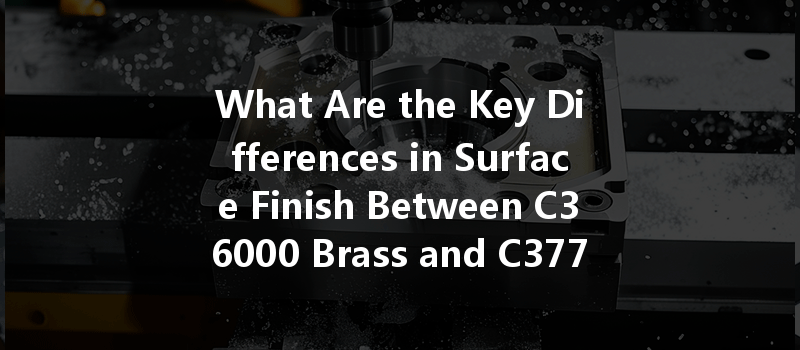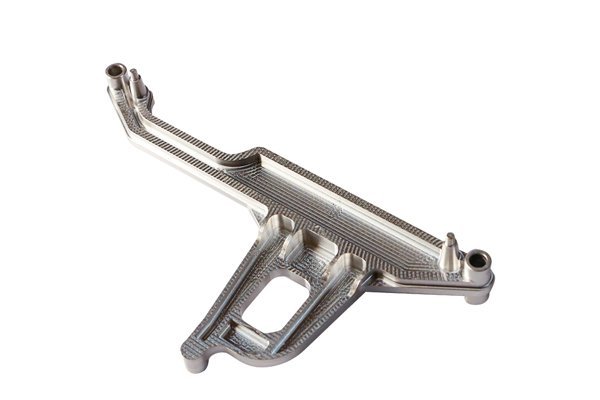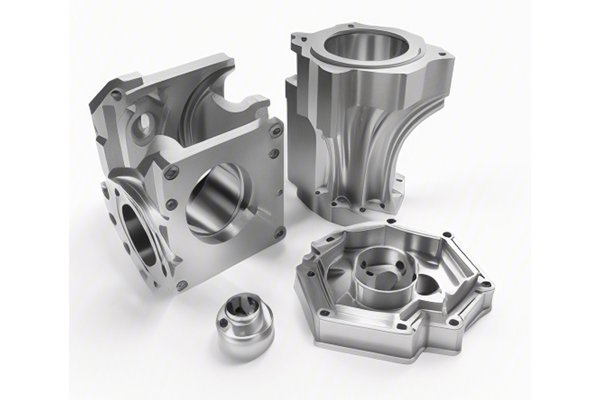Have you ever wondered why two similar materials can lead to vastly different outcomes when machined? In the world of CNC machining, the choice of material is crucial not only for the performance of the final product but also for its surface finish. This exploration looks closely at C36000 and C37700 brass materials, both popular choices in the industry, and unravels the unique characteristics that affect the surface finish achieved through CNC turning.
: The Importance of Surface Finish
In CNC machining, surface finish is a critical aspect that can significantly impact a part’s functionality and aesthetic appeal. An intriguing statistic from the manufacturing industry indicates that around 70% of machining issues can be traced back to improper surface finishes. This emphasizes the essential understanding of material properties and machining processes.
Understanding Brass Alloys: C36000 vs. C37700
Brass is an alloy primarily composed of copper and zinc, and it is noted for its excellent corrosion resistance, good machinability, and attractive appearance. Among the various brass alloys, C36000 and C37700 stand out.
C36000 Brass:
C37700 Brass:
The Impact of Material Properties on Surface Finish
CNC Turning Process: Achieving the Ideal Surface Finish
CNC turning is a versatile machining process that helps achieve precision in creating cylindrical parts. Here are some core techniques you can implement to optimize surface finishes for both brass materials:
Tool Selection
Choosing the right tools greatly influences the surface finish:

Cutting Parameters
Optimizing cutting parameters is crucial for achieving a desirable surface finish:
Coolant Selection and Use
Using the appropriate coolant can make a significant difference in achieving surface finish:
Surface Treatments Post-Machining
In many instances, surface finishes can be enhanced after CNC machining:
Real-World Case Studies
To put theory into context, let’s look at some practical real-world applications and how selecting the right brass material influenced the outcome:
Case Study 1: Aerospace Components
In this project, the engineers opted for C36000 due to its need for high-speed machining and superior finish. The end product had to meet stringent aerodynamics and aesthetic requirements—C36000 delivered on both counts, allowing the aerospace company to reduce production time significantly.
Case Study 2: Marine Hardware
A leading manufacturer of marine hardware chose C37700 for their fittings. While the finish was slightly less refined than C36000, the material’s strength and corrosion resistance in salty environments ensured long-lasting performance. Post-treatment polishing was added to enhance the appearance.
: The Takeaway on Selecting Brass for CNC Turning
Understanding the differences between C36000 and C37700 brass is crucial for any manufacturing process where surface finish plays a significant role. These materials might appear similar at first glance, but their mechanical properties, machinability, and ultimately the surface finish they can provide vary greatly.
By implementing effective machining strategies, selecting the right tools, and considering the unique properties of each material, manufacturers can optimize production processes and achieve high-quality finishes that meet their needs. Remember, the choice of brass material isn’t just about functionality; it’s about innovation in machining.
Making informed decisions in CNC turning can save time, reduce costs, and ultimately enhance the quality of your products. Whether you’re in aerospace, marine manufacturing, or construction, this knowledge provides the foundation for successful CNC machining endeavors.
As you continue your journey in CNC machining, consider why the right material and machining methods inherently contribute to the functionality and aesthetic of your products. This blog isn’t just an exploration of brass alloys; it’s a guide to mastering the fine art of CNC turning, offering insights worth remembering.






